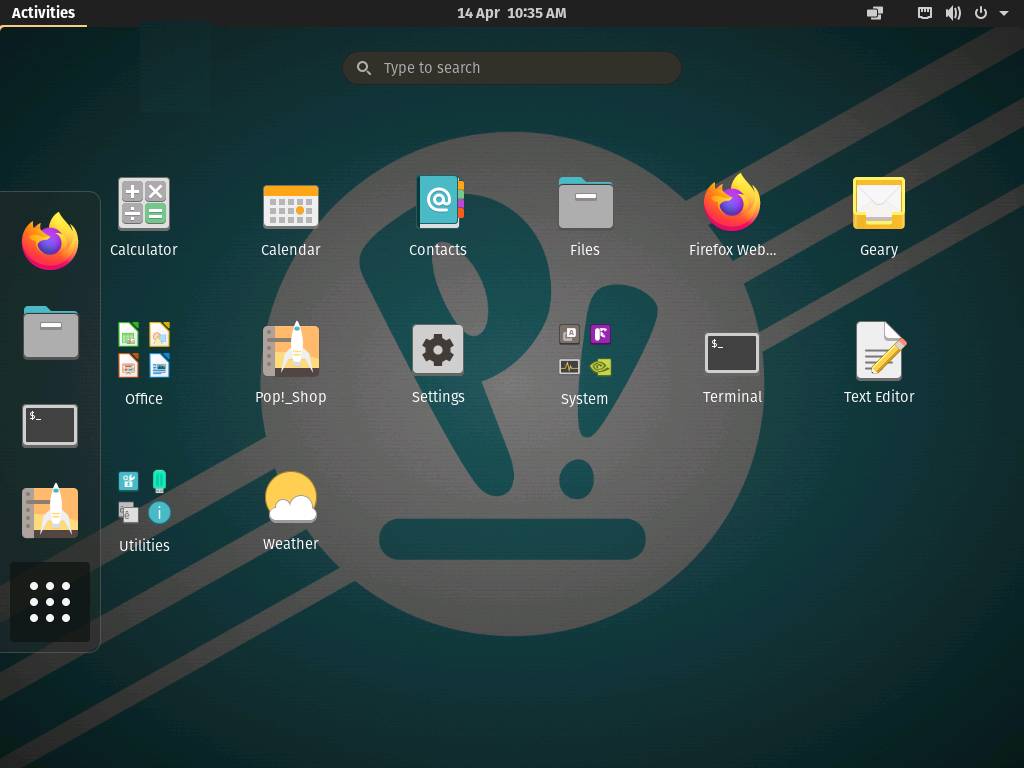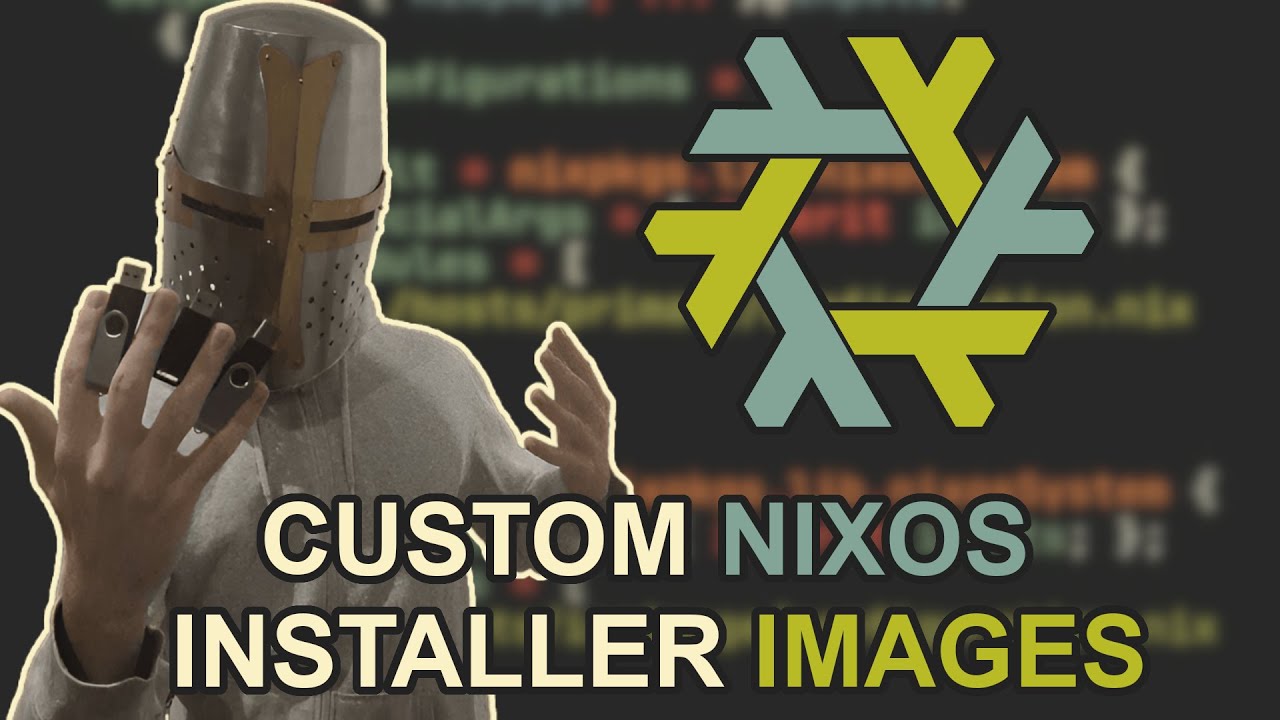ruffsl
I’m a robotics researcher. My interests include cybersecurity, repeatable & reproducible research, as well as open source robotics and rust programing.
- 65 Posts
- 36 Comments

 7·2 months ago
7·2 months agoHave you had any luck with projectors for coding? I’ve only ever used them for large mob-programming sessions, like during hackathons. I feel like the low/narrow contrast of projectors makes it hard to use for dark mode, not to mention the space real estate requirements. :P

 5·2 months ago
5·2 months agoStill kind of sad that the transflective display technology demoed in the $100 laptop project from a decade or so ago never took off.

 41·2 months ago
41·2 months agoPersonally, I’ve been happy using an LG TV for a single monitor setup. I have had to switch to KDE Plasma v6 for better font rendering given its unusual OLED pixel layout, as well as for native HDR support. But it’s been nice to have a large physical font while still at default DPI. Although, I wouldn’t’t mind upgrading to 8K later when they get affordable, as the smallest 4K TVs at 42" happen to push the physical DPI down towards that of just 1440p panel.

 2·3 months ago
2·3 months agoI hope compatibility with git submodules gets ironed out soon. I’d really like to have multiple branches of a superproject checked out at once to make it simpler to compare source trees and file structures.

 3·7 months ago
3·7 months agoWow, the
COPYdirective got a lot more powerful. I’ve been waiting for the--parentflag for years, while the--excludeargument is also a nice touch. Didn’t know of the/./pivot point before, but that’s handy.Before this, I’ve just been using a intermediary leaf stage within a multi-stage build process to copy the build context and filter the dependency lock files of the entire super project into a matching parent structure that I could then deterministically copy from.

 2·7 months ago
2·7 months agoAh man, I’m with a project that already uses a poly repo setup and am starting an integration repo using submodules to coordinate the Dev environment and unify with CI/CD. Sub modules have been great for introspection and and versioning, rather than relying on some opaque configuration file to check out all the different poly repos at build time. I can click the the sub module links on GitHub and redirect right to the reference commit, while many IDEs can also already associate the respective git tag for each sub module when opening from the super project.
I was kind of bummed to hear that working trees didn’t have full support with some modules. I haven’t used working trees with this super project yet, but what did you find about its incompatibility with some modules? Are there certain porcelain commands just not supported, or certain behaviors don’t work as expected? Have you tried the global git config to enable recursive over sub modules by default?

 1·8 months ago
1·8 months agoDoes the live iso created by this process include the dependencies or kernel modules upon live boot? E.g. could I use this to create an ISO image that includes, or pre bakes, any custom or necessary drivers for Nvidia GPUs or finicky Wi-Fi cards when used/booted as just a live USB? That could really help when you’d otherwise have a chicken and egg problem after a hard drive failure and no live USB to safe boot with working networking or display output.

 5·8 months ago
5·8 months agoI’m going to try and set one up for the rest of my project team. Looks like a neat way to simplify install setup.

 4·8 months ago
4·8 months agoDidn’t know about this case history with Nintendo, nor the name for the common exploit used:
Looks like Moonlight does have their app up on the Apple store or iOS, and Sunlight has binaries for most operating systems. Personally, instead of Sunlight’s server, I still use Nvidia’s GeForce Experience software to stream games, as it takes less effort to configure. Of course, Nvidia may not be applicable if you’re using integrated or AMD graphics instead.
Although, with Nvidia recently deprecating support for it’s shield device, Sunlight provides support for the same protocol that Moonlight was originally developed against, but it’s also open source. I’ve not used multi monitor streaming with GeForce Experience, something Sunlight would be much more flexible in configuring.
As for connectivity, I’m unsure if iOS supports the same USB network feature that Android has. I’d imagine at least the iPhone would, as that’s a core feature/option for mobile hotspot connectivity, but maybe that’s nixed from iPad iOS? Alternatively you could get yourself a USB C hub or dock with an ethernet adapter and pass through power delivery, so you can connect your iPad with a wired network and charge simultaneously.
Or you could just use Wi-Fi, but with wireless networks dropping and retrying packets, that’ll impact latency or bitrate quality when casting displays. Although for something mostly static like discord windows, that’s probably less of an issue. Windows 11, and maybe 10, also have a hotspot mode, where you could share your wired network via your PCs wireless radio via and ad hoc Wi-Fi SSID. That could reduce latency and improve signal reception, but you’d have to start the hotspot setting every session or whenever the device disconnects from windows’ hotspot for more than 15 minutes or something.
You could try other remote display streaming software as well, like Parsec. However they have a online account login requirement with the freemium model, so I prefer the open source client Moonlight instead. However parsecs a lot easier too use when streaming from outside your home, or when remotely single screen co-oping with friends, without having to configure firewalls or domain names.
If you already have a similarly sized tablet, you could just buy a dummy HDMI plug, a few dollars, to add a second virtual desktop and then simply cast that screen to the mobile device.
There are pretty nice Android tablets now with 2.5k 120 hz HDR OLD screens. You can just connect it directly to the computer via USB, enable USB network tethering, then use something like the Moonlight client app with Sunshine screen casting server. With the wired connection, and a high bit rate such as 150 Mbps, you can get single digit millisecond latency and hardly tell the difference from an native HDMI display.
Tablets like those might be on the high end, but at least you’d have nice secondary display that’s a bit more multifunctional. Or just go with a cheaper LCD based tablet or old iPad, if color accuracy, refresh rate, or resolution isn’t a priority.

 2·10 months ago
2·10 months agoA while back, I tried looking into what it would take to modify Android to disable Bluetooth microphones for wireless headsets, allowing for call audio to be streamed via regular AAC or aptX, and for the call microphone to be captured from the phones internal mic. This would prevent the bit rate for call audio in microphone being effectively halved when using the ancient HFP/HSP Bluetooth codecs, instead allowing for the same call quality as when using a wired headset. This would help when multitasking with different audio sources, such as listening to music while hanging out on discord, without the music being distorted from the lower bit rate of HFP/HSP. This would also benefit regular VoLTE, as the regular call audio quality already exceeds that of legacy Bluetooth headset profiles.
Although, I didn’t manage to tease apart the mechanics of the audio policy configuration files used by the source Android project, given the sparse documentation and vague commit history.
- https://source.android.com/docs/core/audio/implement-policy
- https://android.googlesource.com/platform/frameworks/av/+/dc46286/services/audiopolicy/config/audio_policy_configuration.xml#147
I’d certainly be fine with the awkwardness of holding up and speaking to my phone as if it was in speaker mode, but listening to the call over wireless headphones, in order to improve or double the audio quality. Always wondered what these audio policies fall back to when a Bluetooth device doesn’t have a headset profile, but it’s almost impossible to find high quality consumer grade Bluetooth headphones without a microphone nowadays.

 2·10 months ago
2·10 months agoFor the call setting under Bluetooth audio devices, I really wish they would break out or separate the settings for using the audio device as a source or sink for call audio. Sort of like how you can disable HSP/HSF Bluetooth profiles for audio devices in Linux or Windows.
Thanks, fixed!

 2·11 months ago
2·11 months agoHas Bryan done any more recent recorded talks?

 2·11 months ago
2·11 months agoThe only experience I have with working with Fortran would be setting up
gfortranwhen building SciPy from source, and perusing its codebase to see how it’s FFT functions were so optimized. Not enough to diligently mod I’m afraid.

 122·1 year ago
122·1 year agoI was thinking of cross posting this to a Fortran community, but it looks like we don’t yet have one.

 2·1 year ago
2·1 year agoI’m not sure why, but GitHub’s search engine, Blackbird, seems to be returning some erroneous results for this query:
/tnt_select\(.*2\^32/ language:C++ OR language:C
Any chance you could narrow down your search to a list of repose that use the library that pulls in
tnt_select()function, then clone and manually grep just those, or is it’s use too common to index by?Real funny that even narrowing down GitHub search to just the same repo doesn’t help the query results:
repo:ocelot-inc/ocelotgui ldbms_tnt_select

 2·1 year ago
2·1 year agoThat was really cool and got me inspired! Thanks for cross posting.






















Could you explain a little more on that? Just curious.